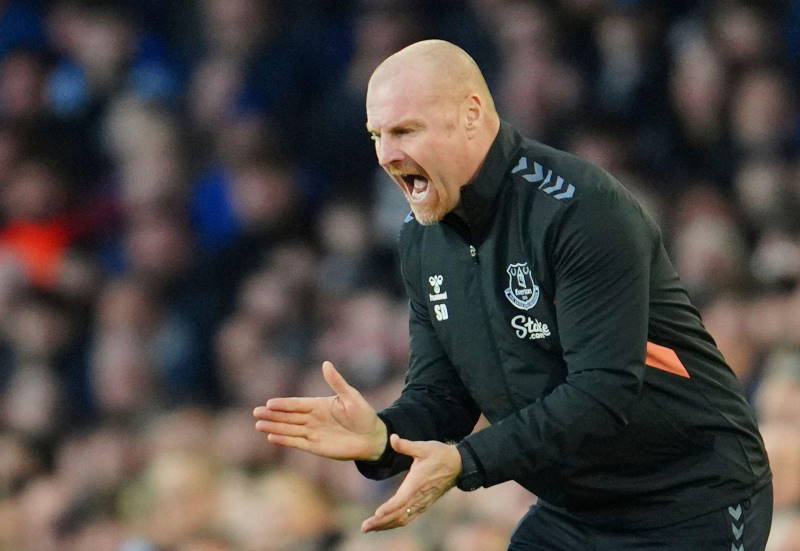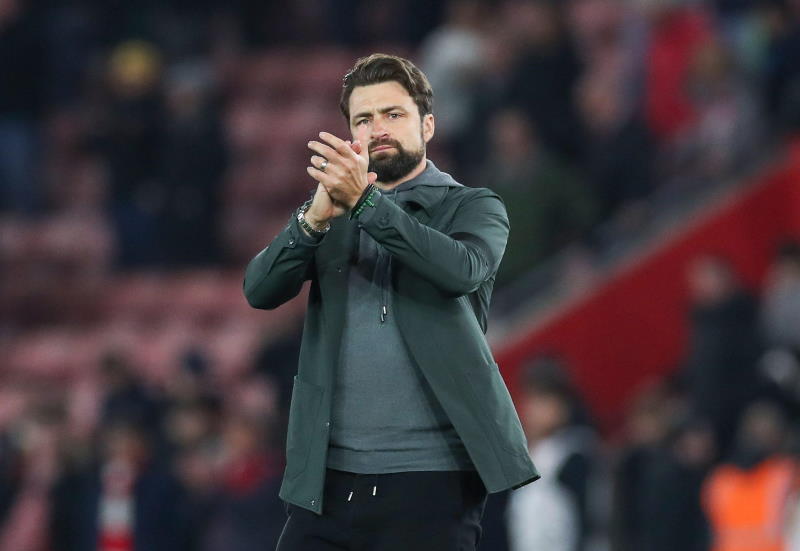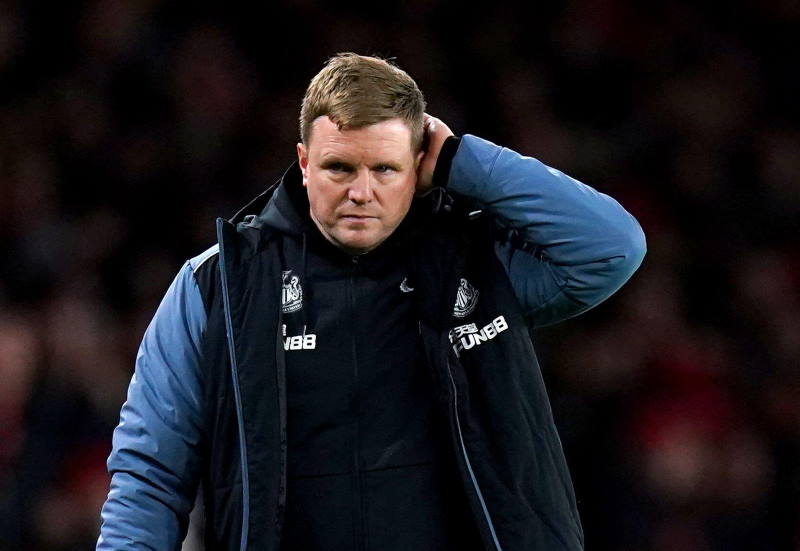
The 2011 Copa Centroamericana recently took place from 14-23 January in Panama City, Panama, with all of the matches being played at the Estadio Rommel Fernandez in the Panamanian capital. The tournament, formerly known as the UNCAF Cup, is the regional championship for CONCACAF sides in Central America. It also has a dual role, serving as the region’s qualifying tournament for the CONCACAF Gold Cup.
Not garnering much in the way of international attention, the tournament has grown in recent years and now features real quality on the pitch as the Central American game continues to make inroads in lining up against the best teams from CONCACAF. This year’s field of seven countries were divided into two groups. In a peculiar format, arguably the three strongest teams in the competition, Honduras, Costa Rica, and Guatemala were drawn together in Group B, while Group A appeared to be the easier section comprised of hosts Panama, El Salvador, Nicaragua, and Belize.
Besides being interested in who would win the tournament and which sides would perform well, seasoned CONCACAF observers focused on the team that would eventually finish in fifth place. The top five teams in the tournament round out the 2011 CONCACAF Gold Cup field, to be played in June in the United States.
Despite the apparent gap in class between some of the sides involved, the first round proved to be an exciting start to the tournament with several hard-fought games. The Copa Centroamericana opened up with a pair of 2-0 victories as El Salvador downed Nicaragua and hosts Panama comfortably defeated Belize. In Group B, Costa Rica and Honduras played out an entertaining 1-1 draw with Ramon Nunez of English second tier side Leeds United equalising for the Catrachos at the death denying Costa Rica the three points.
El Salvador showed in their second match that they had come into the tournament aiming to prove a point and took apart Belize 5-2. Panama then had little trouble disposing of Nicaragua 2-0 as the home side posted notice that they were ready to defend the title they won in Honduras in 2009. Costa Rica were then pushed by Guatemala in their second match, but a solid second half display saw them run out 2-0 winners.
The final matchday saw Honduras see off Guatemala 3-1 and Panama secure their third successive 2-0 victory easing by El Salvador. The real interest though had to do with the match featuring Nicaragua and Belize. Nicaragua would advance to the fifth-place match against Guatemala if they won or managed a draw, while minnows Belize could upset the odds with a win and thereby ensure a valuable Gold Cup berth. And the contest did not disappoint, ending up being one of the most entertaining of the tournament. Nicaragua took an early lead, however a goal by Belize nine minutes from time ensured a thrilling finale where the Jaguars missed a series of incredible chances to secure the win they needed to advance as the match finished 1-1.
The fifth-place match saw Nicaragua meet Guatemala and the latter came away with the all-important 2-1 victory which meant a ticket to the Gold Cup. The semi-finals undoubtedly featured the four most impressive teams in the tournament. El Salvador’s run came to an end in the final four as they bravely went down to Honduras thanks to two late goals. Los Cuscatlecos however, did themselves proud and will certainly pose a stiff test for whoever they come up against in the Gold Cup on this form. Honduras, 2010 World Cup qualifiers, continued their recent run of positive performances by making it to the final.
Costa Rica and Panama contested the other semi-final and the home support were treated to a fine match; the outcome though was not the desired one as Panama eventually succumbed to the Ticos 4-2 on penalties after a 1-1 draw in extra-time. Despite the loss, Panama’s performances suggested that the country remains on an upward curve as far as their football development is concerned.
The final between Honduras and Costa Rica pitted the two strongest teams in the region against each other. Not only do both countries have the most talent in Central America, but these are the last two teams from the area to have qualified for the World Cup too. Costa Rica, beaten finalists in the tournament’s previous edition in 2009, tasted defeat again in Panama as Honduras won the title with a 2-1 win. Honduras established a 2-0 lead and though Costa Rica were reduced to ten men in the second half they pulled a goal back in the 73rd minute; another, which would have taken the contest into extra-time though could not be found. Honduras thus won their third Copa Centroamericana championship and ensured that Costa Rica would be denied their seventh title in the process.
Overall, the tournament received limited attention (CONCACAF’s website did provide live streaming of matches and GolTV in the United States showed all the games live), however its importance to the game in Central America cannot be overstated. For national teams that play few matches outside of World Cup qualifiers, this is a tournament that provides invaluable experience for smaller nations. It also serves as good preparation for regional giants such as Honduras and Costa Rica, allowing them to keep sharp ahead of the Gold Cup and upcoming World Cup qualifiers.
The 2011 Copa Centroamericana featured 2.67 goals per game, a healthy average, but perhaps more importantly most of the matches were tight contests with no clearly one-sided affairs. Attendance was very good for Panama’s games as the team enjoyed fervent local support; however, the numbers for most other fixtures were disappointing, though the average of just over 7,000 is not something that a competition of this size should sniff at. The tournament’s top scorers were El Salvador’s Rafael Burgos and Costa Rica’s Marco Urena, both of whom found the back of the net three times.
The Copa Centramericana continues to enjoy improvement at all levels including marketing and media exposure. In the future, this competition could perhaps grow into something even bigger, but for now in offering a chance of Gold Cup qualification and producing a regional champion for Central America, the tournament serves its intended purpose.













